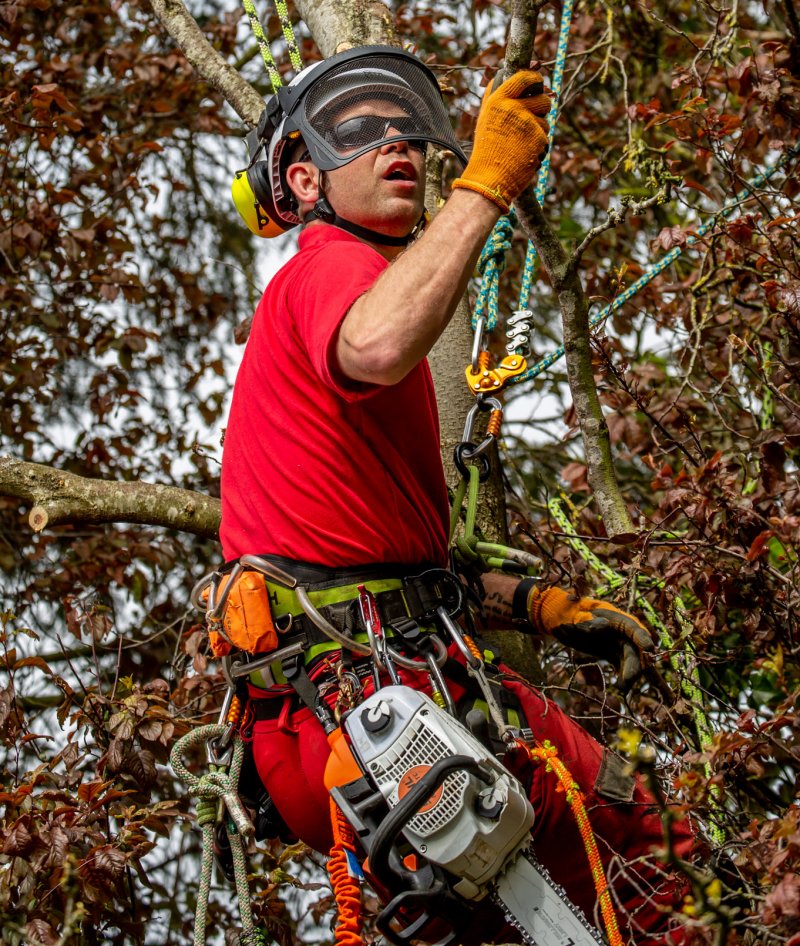Tending for plants is an important aspect of maintaining a healthy and eco-friendly ecosystem in our houses and neighborhoods. As property owners, we often overlook the towering giants that provide shade, beauty, and numerous ecological benefits. Yet, just like any other living organism, trees require adequate care and nurturing to flourish. This is especially critical when it comes to tree felling, a practice that, when necessary, should be approached with care and responsibility.
In our pursuit of sustainability, it is crucial to understand not only how to care for trees but also when it might be necessary to cut down one. Trees can experience from diseases, insects, and natural stressors that may lead to the difficult choice of removal. However, eco-friendly tree care methods can help us reduce the need for such measures. By adopting strategies that promote the well-being of our trees and neighboring ecosystems, we can guarantee that our landscapes remain lively and support ecological diversity.
Grasping Tree Health

Preserving the well-being of arborescent organisms is crucial for the interests of ecological balance and the beauty of your property. Robust arborescent organisms offer countless gains such as canopy cover, aesthetic value, and habitat for wildlife. To guarantee your arborescent organisms thrive, it's necessary to identify the signs of good health, which feature lush foliage, strong boughs, and a robust trunk. Consistent monitoring for harmful organisms, conditions, and external pressures can assist you identify concerns before they become serious.
Soil quality plays a crucial role in tree health. Trees depend on their root systems to absorb nutrients and moisture, which primarily come from the soil. Subpar soil quality can lead to reduced expansion and susceptibility to disease. Carrying out soil tests can provide insights into mineral availability and alkalinity, enabling you to amend the soil as necessary. Applying mulch can also aid hold moisture and enhance soil quality over the seasons.
An additional important aspect of the health of trees is suitable irrigation and maintenance techniques. During droughts, trees may need supplemental watering to prevent stress, while too much water can result in fungal infections. Pruning aids to cut off dead limbs and encourages vigorous growth by allowing more light and ventilation. Understanding the individual requirements of each tree species in your landscape will allow you to provide the best care, securing the longevity and robustness of your trees.
At what time as well as The methods to Fell Trees Sustainably
Felling trees in a sustainable way necessitates understanding the right time and approach to execute it. The ideal time for tree felling is during late winter or the beginning of spring when trees are in their inactive state. This minimization of timing lessens the stress on the tree and surrounding ecosystem, enabling better regrowth for remaining vegetation. In addition, it helps stop the spread of pests and diseases that can be more prevalent during the hot months.
Prior to felling a tree, it is crucial to inspect its state and the adjacent environment. Look for signs of illness, decayed limbs, or structural instability. Getting advice from an expert can provide valuable insights into whether felling is required. If spez-ag.ch represents a risk to buildings or people, ensure that safety precautions are in place, including clearing the area around the tree and using proper protective gear.
When it comes to the true harvesting procedure, follow sustainable approaches by using productive methods that lessen waste. Adopting the directional felling method can help direct the tree's collapse and minimize potential damage to surrounding flora. After harvesting, consider using the wood responsibly, whether for firewood, mulch, or even lumber, to ensure that the tree continues to be useful rather than being discarded.
Post-Felling Care and Replanting
Following a tree has been felled, it is essential to tend to the site responsibly. Start by clearing away all debris, including branches and stump remnants, to prevent any potential hazards. Consider using a stump grinder to get rid of the stump completely, as this not only enhances the aesthetics of your yard but also prevents pests and diseases from taking hold in decaying wood. Additionally, ensure that any remaining roots do not get in the way with future planting or landscaping efforts.
Once the area is cleared, reflect on replenishing your landscape with new trees or plants. Choose species that are suitable to your local environment and soil conditions. Choosing native species can enhance local biodiversity and may demand less maintenance over time. When planting, ensure proper spacing and planting depth, and provide adequate water to help your new trees grow strong root systems. Timing your planting during the right season can also improve the success rate of your new additions.
Finally, establish a care regimen for your newly planted trees. Regular watering, mulching, and monitoring for pests and diseases will help them flourish. It’s crucial to provide support for young trees, especially in windy conditions. By emphasizing sustainable practices, you contribute to a more robust ecosystem while beautifying your home and ensuring that your landscape thrives for years to come.
